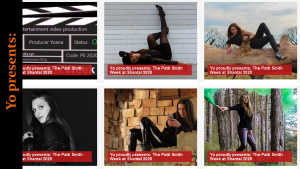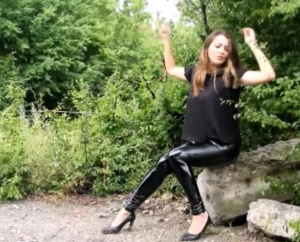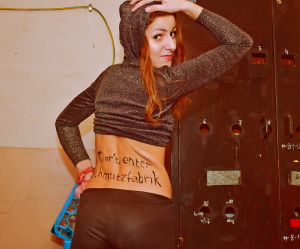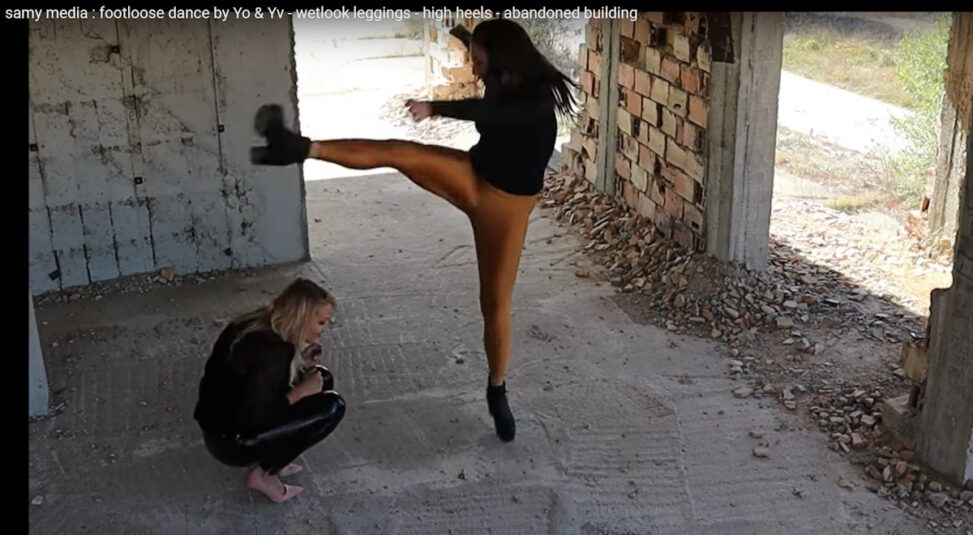Dancing videos have become a ubiquitous part of contemporary digital culture, captivating audiences across the globe. These videos, ranging from professional performances to spontaneous dance challenges, are more than just entertainment; they reflect cultural trends, foster community, and even influence social change. This comprehensive article explores the history, types, significance, and future of dancing videos, highlighting their transformative impact on society.
The Evolution of Dancing Videos
The concept of capturing dance on film dates back to the early 20th century with the advent of motion pictures. Pioneers like Fred Astaire and Gene Kelly brought dance to the silver screen, enchanting audiences with their choreographed routines. As technology evolved, so did the ways dance was recorded and shared.
The advent of home video cameras in the 1980s allowed people to record and share their dance performances more easily. However, it was the rise of the internet and social media in the late 20th and early 21st centuries that truly revolutionized the dissemination of dancing videos. Platforms like YouTube, Instagram, and TikTok have democratized the ability to share dance with the world, allowing anyone with a smartphone to participate.
Types of Dancing Videos
Professional Performances: These videos feature professional dancers and choreographers showcasing their skills. They often include performances from dance companies, Broadway shows, and televised dance competitions like “So You Think You Can Dance” and “Dancing with the Stars.”
Dance Tutorials: Instructive videos that teach viewers how to dance. These tutorials cover various styles, from hip-hop and ballet to contemporary and ballroom dancing. They are valuable resources for both beginners and experienced dancers looking to learn new moves.
Dance Challenges: Popularized by social media, dance challenges involve participants replicating a specific dance routine and posting their version online. Challenges like the “Renegade” dance or “Savage Love” have gone viral, encouraging widespread participation and creativity.
Flash Mobs: Videos capturing large groups of people performing choreographed routines in public spaces. Flash mobs are often organized to surprise and delight unsuspecting audiences, making for captivating and joyful viewing.
Freestyle and Improvisation: These videos showcase dancers expressing themselves freely without pre-planned choreography. They highlight the spontaneity and personal expression of dance, often revealing unique and innovative movements.
Cultural and Traditional Dances: Videos featuring traditional dances from various cultures around the world. These videos play a crucial role in preserving and sharing cultural heritage, offering viewers a glimpse into diverse traditions.
The Significance of Dancing Videos
Cultural Exchange: Dancing videos facilitate cultural exchange by exposing viewers to a wide array of dance styles and traditions from around the world. They promote understanding and appreciation of different cultures.
Community Building: Online dance communities have formed around shared interests and challenges. These communities provide support, inspiration, and a sense of belonging, allowing dancers to connect regardless of geographical barriers.
Personal Expression and Creativity: Dance is a powerful form of self-expression. Dancing videos allow individuals to share their unique styles and creativity with a global audience, fostering artistic development and personal growth.
Health and Fitness: Dancing is an excellent form of physical exercise. Dance workout videos have become popular for their fun and engaging approach to fitness, encouraging people to stay active.
Entertainment and Joy: At their core, dancing videos bring joy and entertainment to viewers. Whether it’s a professionally produced performance or a spontaneous dance in a living room, these videos have the power to uplift and inspire.
Social and Political Commentary: Dance can also serve as a medium for social and political commentary. Choreographers and dancers use their platforms to address issues such as racial inequality, gender identity, and environmental concerns, raising awareness and prompting discussion.
The Production of Dancing Videos
Creating a compelling dancing video involves several key steps:
- Concept and Choreography: The first step is to develop a concept and create the choreography. This involves selecting music, designing dance moves, and planning the overall flow of the video.
- Rehearsals: Dancers practice the choreography until it is polished and performance-ready. Rehearsals ensure that movements are synchronized and the routine is executed smoothly.
- Filming: The video is then filmed using appropriate equipment. This can range from professional cameras for high-budget productions to smartphones for more casual videos. Lighting, camera angles, and settings are carefully chosen to enhance the visual appeal.
- Editing: Post-production involves editing the footage to create a cohesive and engaging video. This can include cutting and arranging clips, adding effects, and synchronizing the dance with the music.
- Distribution: Finally, the video is shared on various platforms, such as YouTube, Instagram, and TikTok. Social media strategies, including the use of hashtags and collaborations, can help increase the video’s reach and engagement.
The Future of Dancing Videos
The future of dancing videos is poised to be shaped by technological advancements and evolving cultural trends. Here are some key areas to watch:
- Virtual Reality (VR) and Augmented Reality (AR): VR and AR technologies are set to revolutionize the way we experience dance. VR can provide immersive dance performances, allowing viewers to feel as if they are part of the show. AR can be used in dance tutorials, offering interactive and personalized learning experiences.
- Artificial Intelligence (AI): AI is being used to analyze dance movements and generate new choreography. AI-powered tools can assist dancers in perfecting their technique and creating innovative routines.
- Increased Accessibility: As technology becomes more affordable, access to high-quality filming and editing tools will increase. This will enable more people to create and share professional-looking dance videos.
Continued Cultural Fusion: The global nature of social media will continue to blend dance styles from different cultures, leading to new, hybrid forms of dance.
Sustainability and Social Impact: Dancers and choreographers are likely to continue using their platforms to address social and environmental issues, using dance as a powerful tool for advocacy and change . . .



